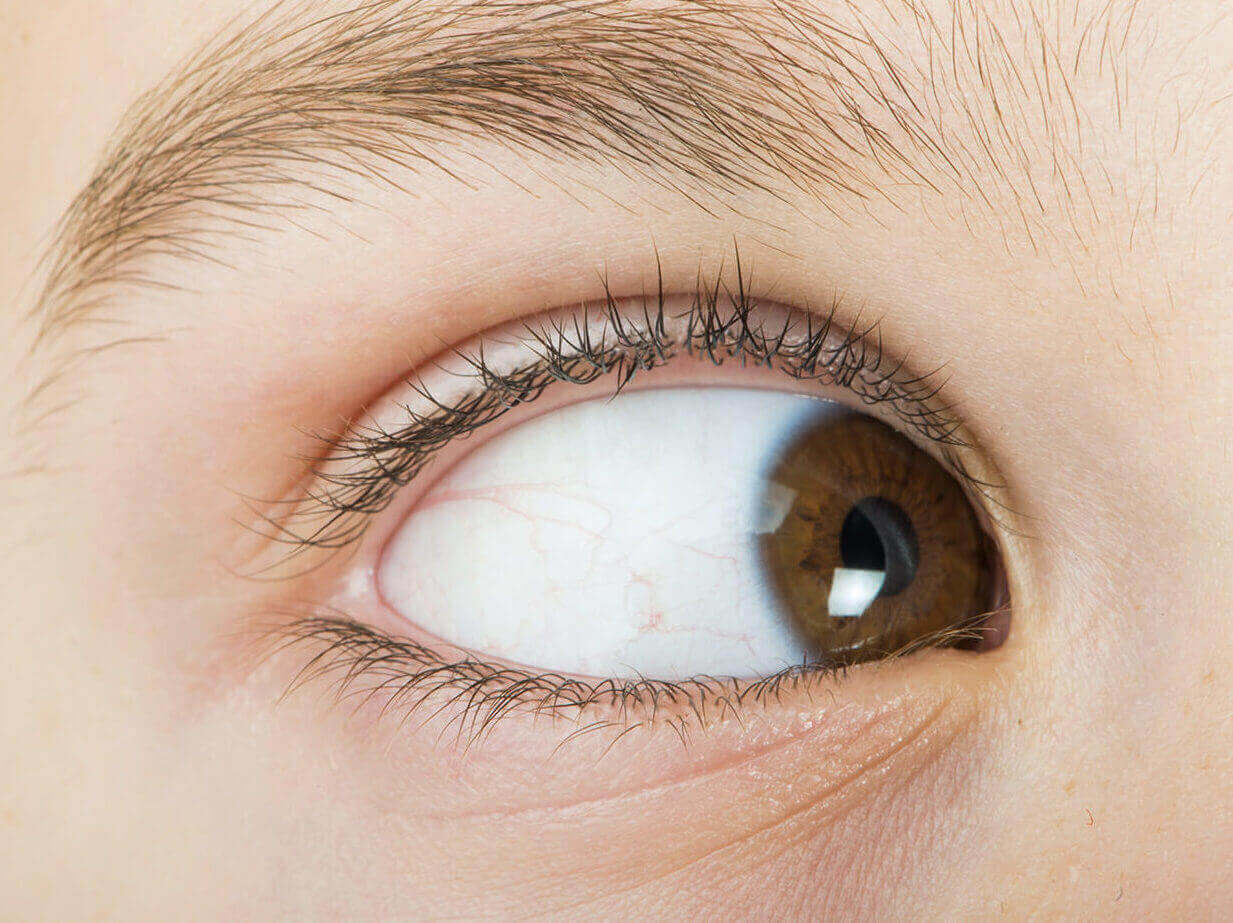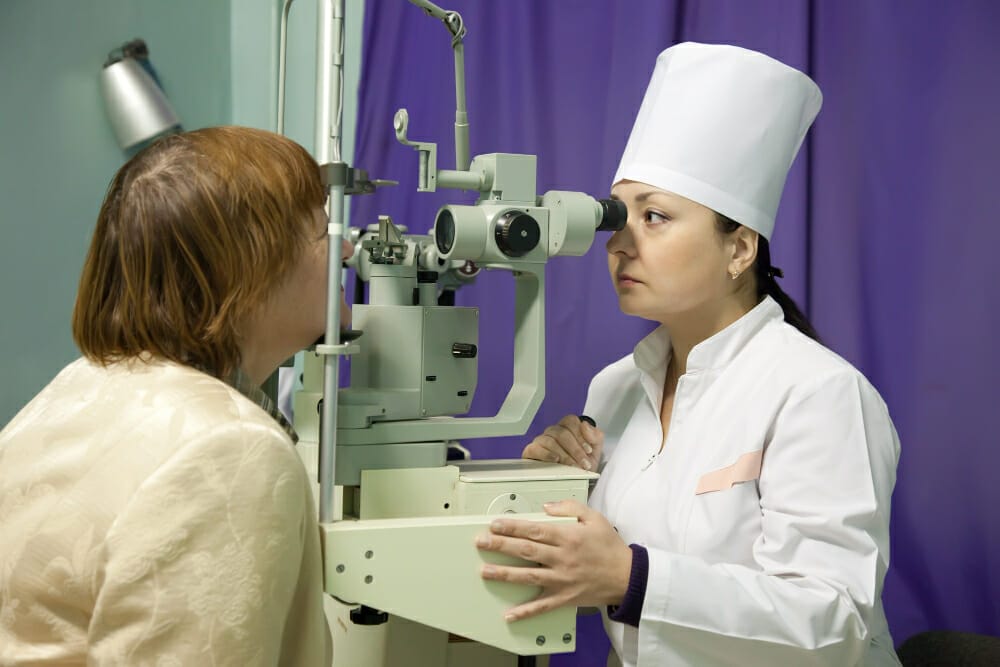Don't Suffer in Silence: The Strabismus Symptoms You Need to Know About
Misalignment of the eyes
One eye may turn in, out, up, or down while the other eye is looking straight ahead. This misalignment can be constant or intermittent and can occur in any direction.
Double vision
Strabismus can cause double vision or ghosting of images. This occurs because each eye is seeing a different image, leading to the brain receiving conflicting visual information. Take our online double vision assessment to help identify if you may have an underlying vision problem that is causing diplopia (double vision).
Eye strain and headaches
Prolonged use of the eyes in this misaligned state can cause eye strain, fatigue, and headaches. This is especially true when engaging in activities that require the use of both eyes together, such as reading, watching TV, or playing sports.
Closing or covering one eye
Some individuals with strabismus may have a habit of closing or covering one eye to alleviate double vision and eye strain. This may not be a conscious effort, and the individual may not be aware that they are doing it.
Avoidance of certain activities
Strabismus can also cause individuals to avoid activities that require the use of both eyes together. Examples include reading, driving, playing sports, going places at night that are dark such as dark restaurants, and using a computer or phone. This can lead to decreased visual ability, decreased confidence, and decreased overall quality of life.
Difficulty with depth perception
Strabismus can impair an individual's ability to judge distances, which can make activities such as driving, playing sports, and navigating stairs more difficult.
Reduced visual acuity
The brain may struggle to merge the two conflicting images received from each eye, leading to reduced visual acuity in one or both eyes.
Increased sensitivity to light
Strabismus can cause increased sensitivity to light, making bright environments uncomfortable and even painful.
Poor binocular vision and 3D vision
The misalignment of the eyes can lead to poor binocular vision, making it difficult for the brain to use both eyes together as a team, which in turn can negatively impact 3D vision.
Intermittent double vision
Some individuals with strabismus may experience intermittent double vision, which can be especially disorienting and unsettling.
Poor attention and concentration
Strabismus can cause difficulties with attention and concentration, especially in children who are still developing their visual skills. For example a child with strabismus may find it difficult to read and therefore show signs of inattention or become fidgety in the classroom.
Increased risk of amblyopia
Also known as "lazy eye," amblyopia can develop in individuals with strabismus as the brain begins to ignore input from the misaligned eye.
If you or a loved one is experiencing any of these symptoms, it is important to seek a comprehensive eye exam from our qualified eye doctor. Early detection and treatment of strabismus can help prevent the onset of more severe visual problems and improve overall quality of life.
























